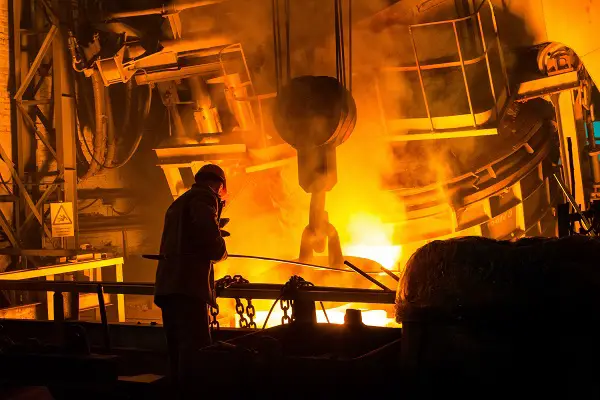“By Product Pricing” is the process of pricing and selling a by-product from a manufacturing or production process.
Manufacturing processes are designed to build products. We can call these primary products.
But they also end up producing incidental products. These are secondary products or by-products.
By-products are not desired but are produced nonetheless and have to be dealt with.
Many businesses dispose-off these by-products because they are considered waste and have no intrinsic value.
But sometimes, someone’s waste can be someone else’s raw material. In this sense, by-products can have value (for someone). And if they have value, they can be priced.
In this article we will look at “By Product Pricing” and the benefits it could bring to a business.
What is a “By Product”?
A “By Product” is an incidental or secondary product that is created during the manufacture or production of a primary product.
By-Products are generally less valuable than the main product but their sale can be used to offset the costs associated with the manufacture of the main product, often making the main product more competitive in the market.
Some by-products are harmless (eg water vapor) and can be released into the environment.
Other by-products are slightly harmful (eg wastewater) and can be released into the environment after processing to remove their harmful effects.
And other by-products are extremely harmful and dangerous (eg chemicals) and have to be processed and neutralized before they can be dealt with. Often such by-products are given a second life by incorporating them into the manufacturing process of another product.

(Source)
Examples of “By Products”
In the table below we list some well-known products and the by-products that are created during their production.
| Primary Product | By-Product | Sources |
| Steel | Slags, coal dust, sludges | Source |
| Sugar | Cane tops, bagasse and molasses | Source |
| Meat | Offal, poor grade meats, organs | |
| Wood | Low-grade lumber, bark, wood chips | Source |
| Ethanol | Distillers grains | Source |
What is “By Product Pricing”?
“By Product Pricing” is a strategy to price and sell the by-product and thereby subsidize the cost of manufacturing the primary product.
Here’s an example from Italy.
The Emilia-Romagna region of Italy is famous the world over for two of its culinary products: Parmigiano-Reggiano, or Parmesan cheese, and the Parma ham.
The Parma ham has a distinctive flavor which no other cured ham in the world shares with it. And there’s a reason for this.
One of the by-products during the production of cheese is the excess crust that is not sold together with the cheese.
Parma ham producers buy this “waste product” from the cheese manufacturers and make a cheese whey out of it. This whey is then fed to the Parma pigs giving Prosciutto from Parma its distinct flavor.
This is an example where the by-product from one agricultural business is priced and sold to another agro-business as input material.
Benefits of “By Product Pricing”?
1. Lowers the cost of production of the primary product
The production of the byproduct results in no additional production cost to the manufacturer. And so, if the manufacturer is able to price the by-product and sell it on the market, the profit margins can be quite high.
And the profit gained from the by-product can help subsidize the cost of producing the primary product making it more competitive on the market.
2. Reduces waste by helping build a ‘Circular Economy’
When an unwanted by-product from one production process is reused as raw material for another production process, waste is reduced, and we move one step closer to building a Circular Economy.
The dream of the Circular Economy is that the waste of one industry becomes the raw material of another in an infinite loop so that nothing is wasted and everything is reused.
3. Reuse is beneficial to the environment
By-product is waste that needs to be processed. If it is harmless waste such as water vapor, it can be released into the environment. But most by-products are not harmless. And so, they need to be processed before being released into the environment.
Now if these by-products could be sold to another industry as raw material, this will eliminate the need to release these by-products into the environment thus making it beneficial to the environment.
Summary
All manufacturing processes create incidental products called by-products.
Industries in which these byproducts are created, typically consider these by-products as waste. But these byproducts are not without value because they could be used as raw material by another industry.
In “By product pricing” a price is assigned to a by-product and it is sold on the market to another company that can use it in its own production processes.
“By product pricing” helps lower the cost of manufacturing the primary product, reduces waste, and helps the environment by giving a second life to hazardous by-products.
